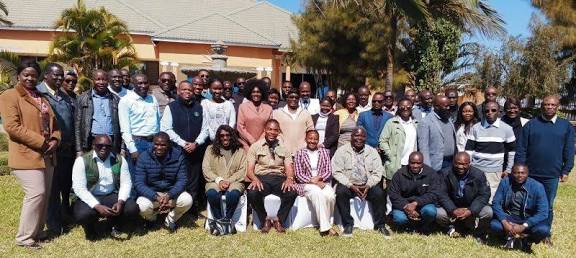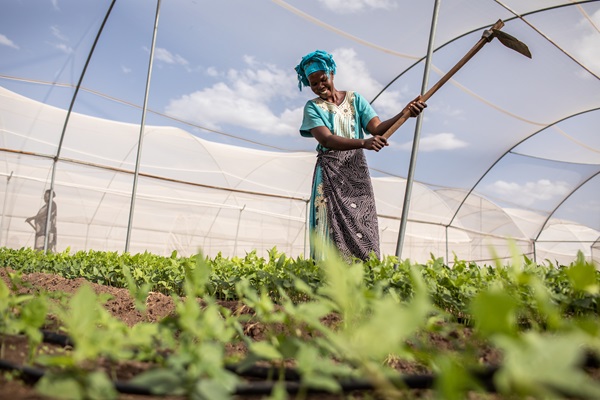US$40.8M BREFOLES PROJECT TO PROMOTE CLIMATE RESILIENCE

- Moses Nyati
- 15 Sep, 2025
US$40.8M BREFOLES PROJECT TO PROMOTE CLIMATE RESILIENCE
By MOSES NYATI
THE Government, with financial support from the African Development Bank (AfDB) and the Climate Investment Funds (CIF), will implement the Building Resilience of Food, Livelihoods, and Ecosystem Services in Central and North-Western Provinces (BREFOLES) project in 2026, aiming to build sustainable livelihoods and a resilient landscape in the two provinces.
Speaking during a two-day stakeholders’ consultative meeting held in Serenje, African Development Bank agriculture specialist Lewis Bangwe disclosed that BREFOLES is a five-year project to be implemented in Central and North-western provinces at a total cost of US$40 million.
Mr Bangwe said the project will focus on two components: The Expanding Production in the Nansanga Farm Block, with an investment of US$13 million, a loan from the African Development Bank, and the other component is sustainable landscape management through nature-based solutions, financed with a grant of US$20 million from the Climate Investment Fund.
He added that the BREFOLES project will focus on providing climate-resilient infrastructure, improving access to yield-enhancing technology, raising the capacity of local institutions to manage farm block investments, and enhancing private sector investments in agri-value chains.
Mr Bangwe further disclosed that some funds amounting to US$800,000 have been secured from the Korean Trust Fund as a grant, with a focus on improving the availability of non-commercial crops, such as soybeans and cassava.
He added that the project will work closely with the Zambia Agricultural Research Institute (ZARI) and other international institutions to facilitate rapid seed multiplication for further distribution to farmers.
Meanwhile, a Senior Planner in the Ministry of Agriculture, Harriet Mweene, disclosed that the BREFOLES project was anchored on two investment plans: the Zambia Nature Investment Plan under the Ministry of Green Economy and the Comprehensive Agricultural Support Transformation Project (CASTP) under the Ministry of Agriculture.
Ms Mweene said that component one of the project will comprise activities aimed at ensuring that the Nansanga Farm Block becomes a thriving, profitable, and centre of sustainable agribusiness activities.
She said among the activities to be implemented in the Nansanga farm block included, the rehabilitation of Musangashi dam, the construction of a 1km irrigation canal and establishment of a 100ha irrigation scheme, rehabilitation of 80km of core access feeder road network, bridges and drainages, development of 10 multi-purpose solar powered reticulated community boreholes and the construction of office blocks for Nansanga Trust and Project Implementing Unit.
Speaking earlier, when the team from the Bank and the Ministry of Agriculture paid a courtesy call on the District Administration, District Administration Officer Peter Ndala hailed the government for increasing the project scope.
Dr. Ndala expressed optimism that the various interventions to be undertaken by the project has taken care of the environment, economy, and employment that the country is grappling with.
The BREFOLES project will be implemented in the Kapiri Mposhi, Ngabwe, Mkushi, Serenje, and Chitambo districts of Central Province. In contrast, the North-Western region's districts include Mwinilunga, Ikelenge, Kalumbila, Mushindamo, Zambezi, Chavuma, and Kasempa.
It is envisioned that the various project interventions will lead to sustainable, resilient, diversified, productive, and profitable value chains, ultimately resulting in increased production and productivity, resilient farming and agribusiness systems, and export-led agricultural development. -NAIS
Leave a Reply
Your email address will not be published. Required fields are marked *



.jpg)









